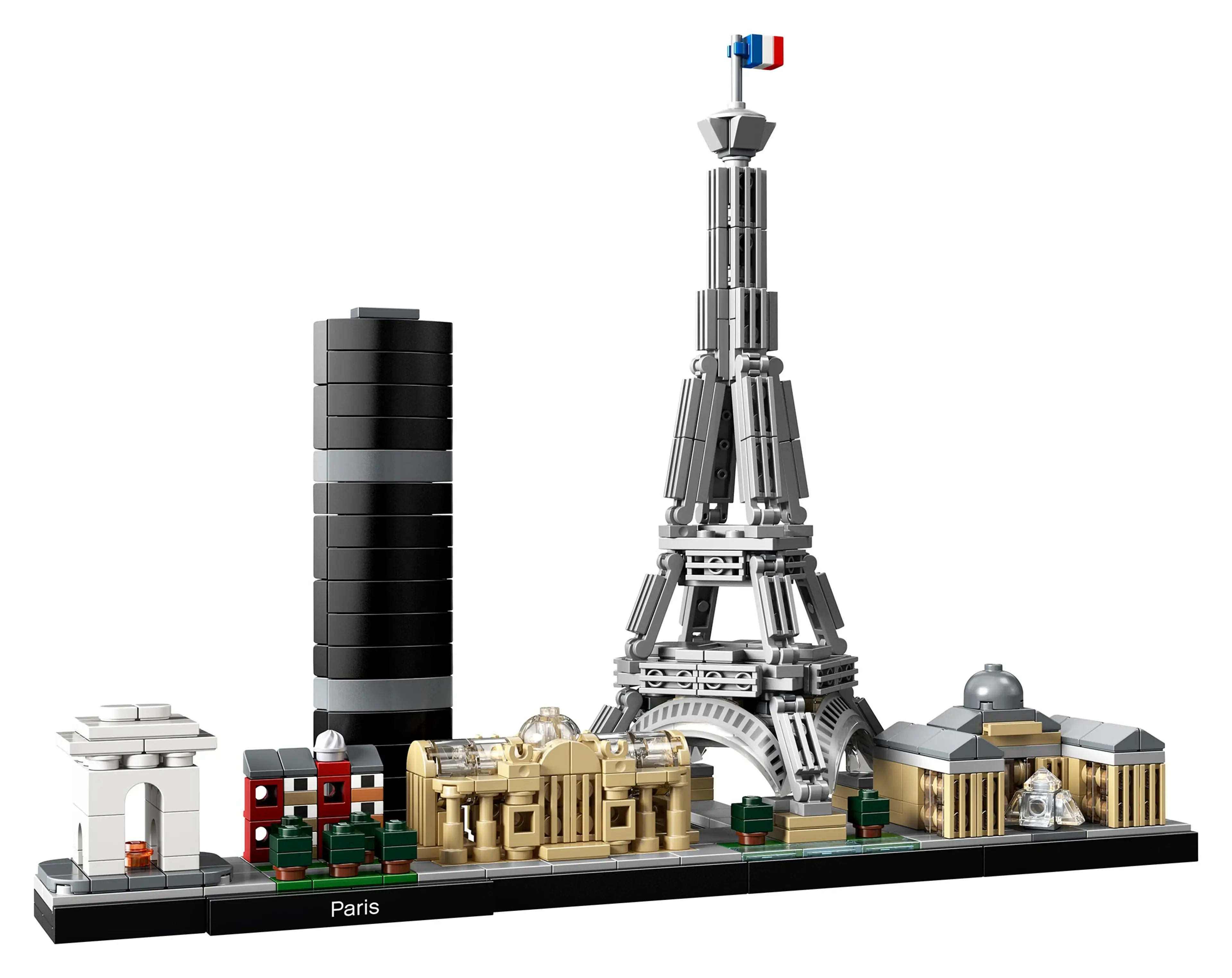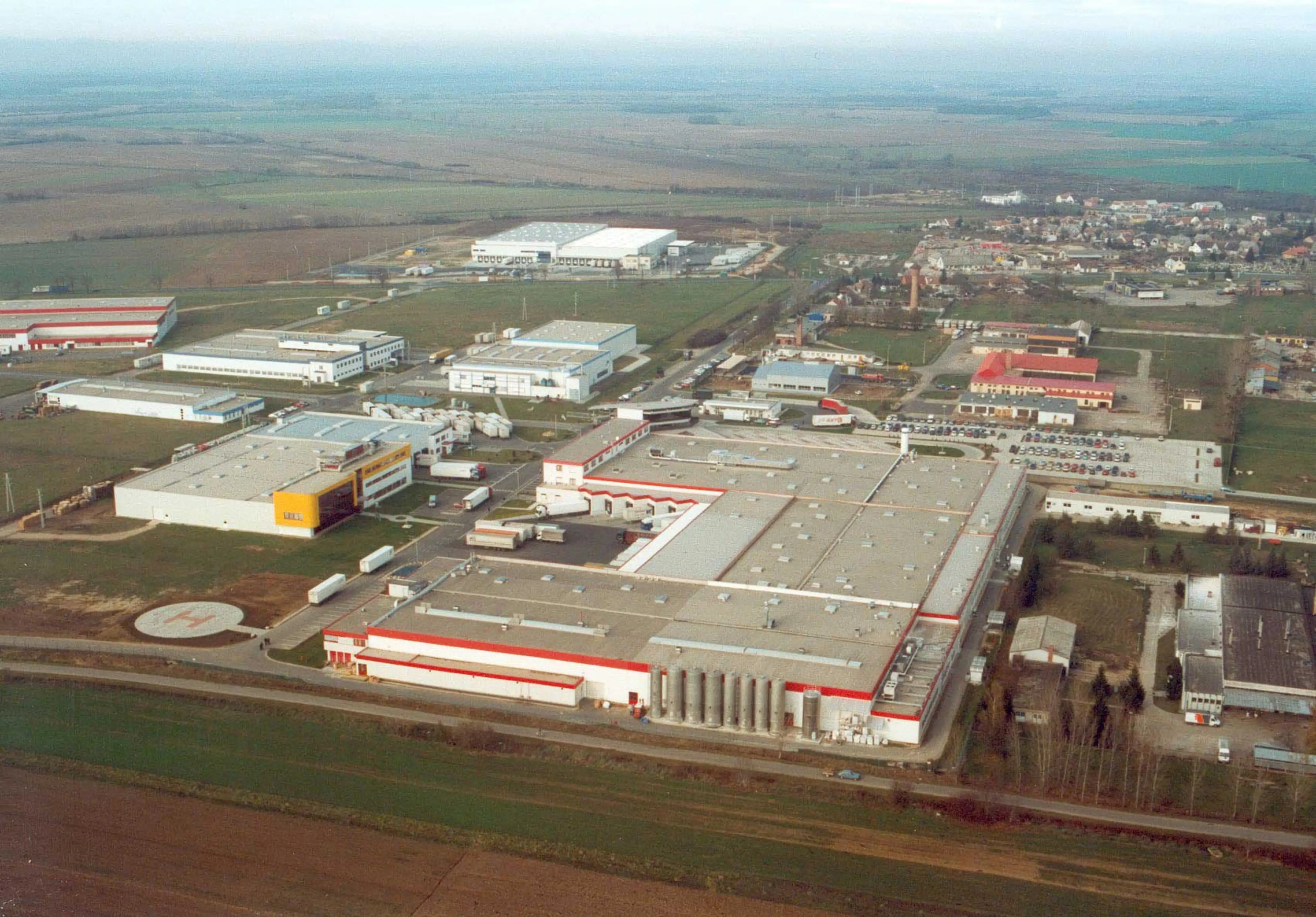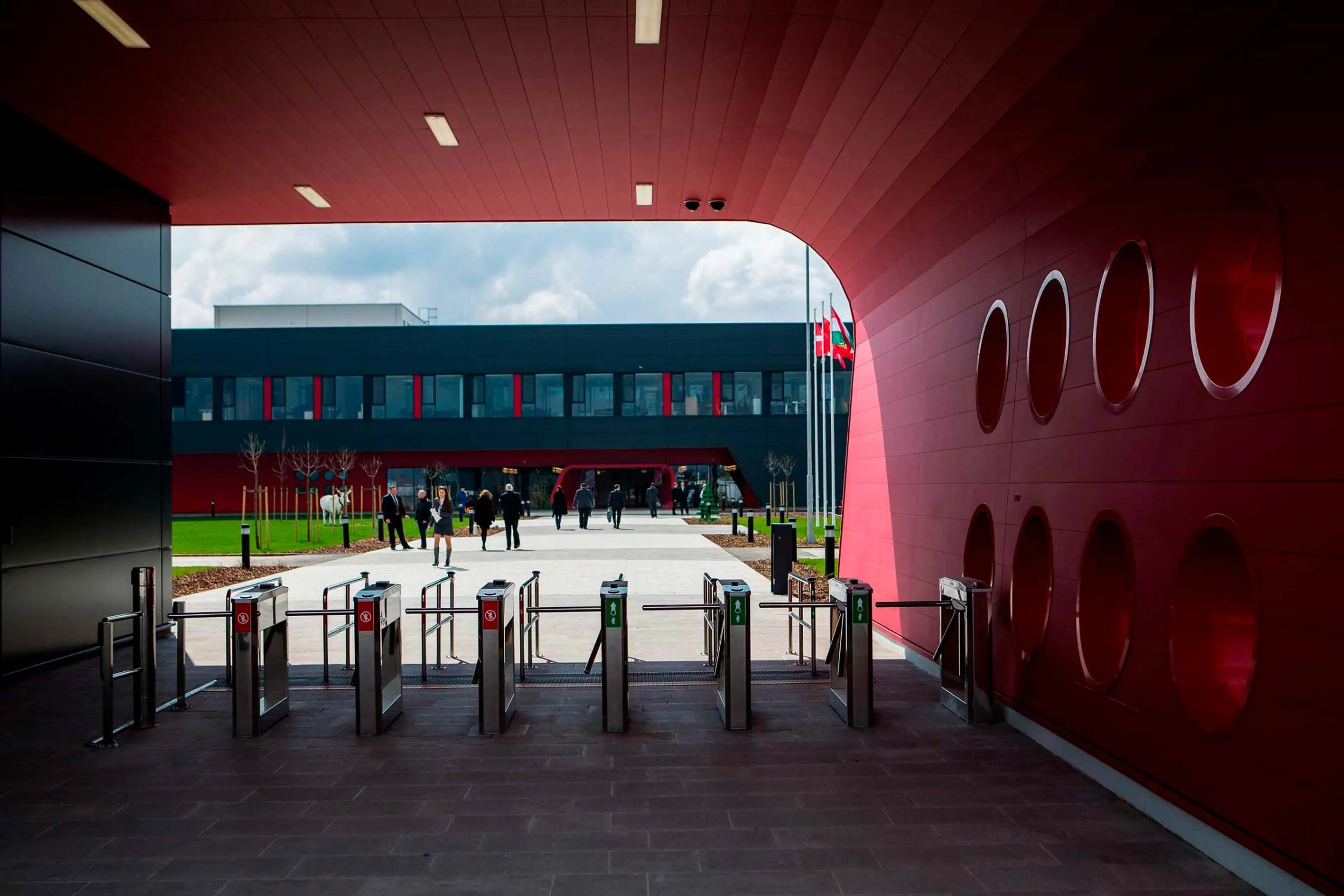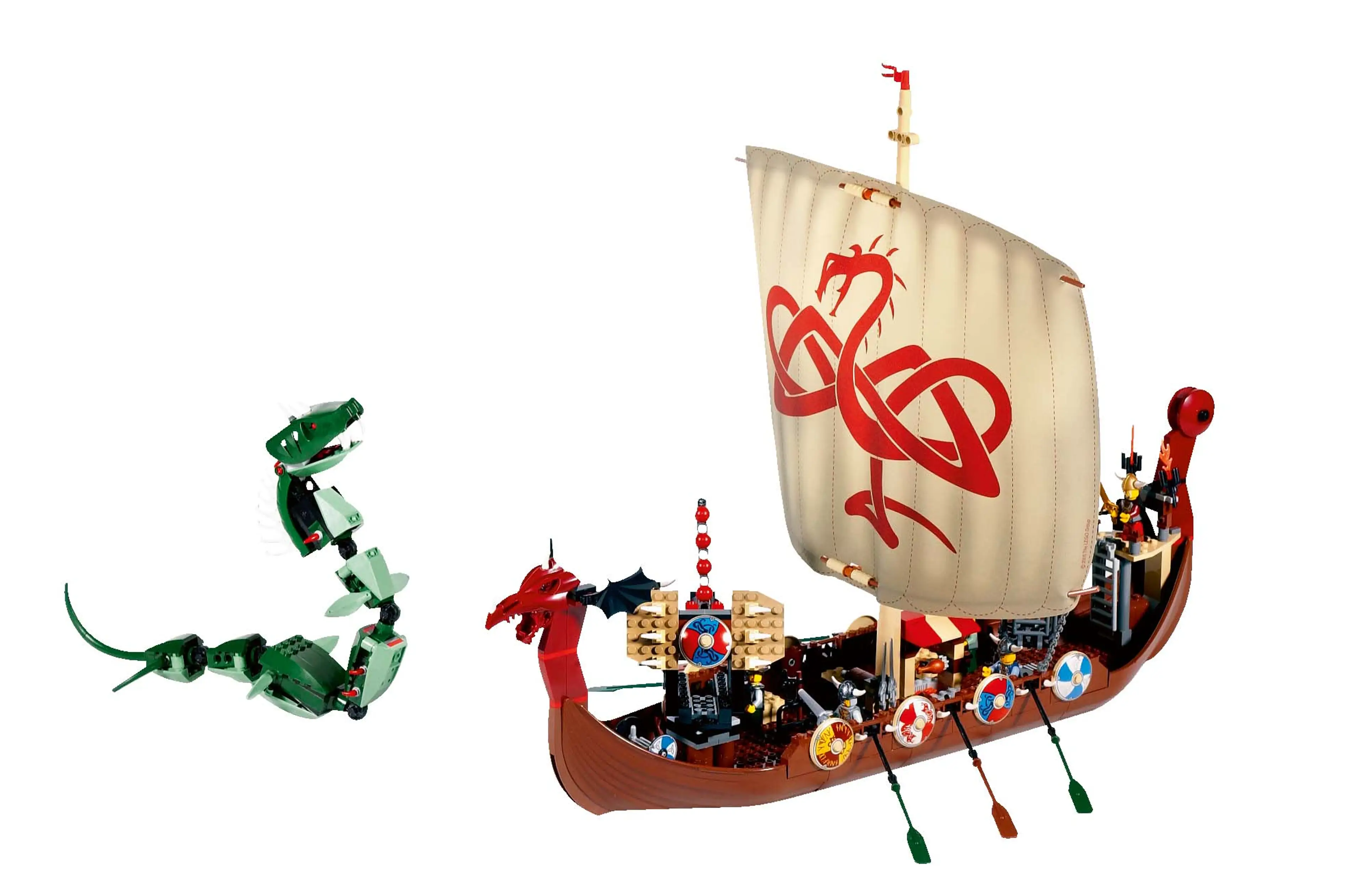The first LEGO® bricks made in Mexico are produced at the Flextronics factory in Juaréz as part of the 2006 planned transfer of LEGO brick production to Flextronics under the LEGO Group’s Shared Vision programme.
The link‑up with Flextronics, however, is not without its problems for production and distribution, eventually resulting in the LEGO Group insourcing production again and moving production from the Flextronics premises in Juaréz to a new 45,000-m2 factory in Monterrey, in 2009.
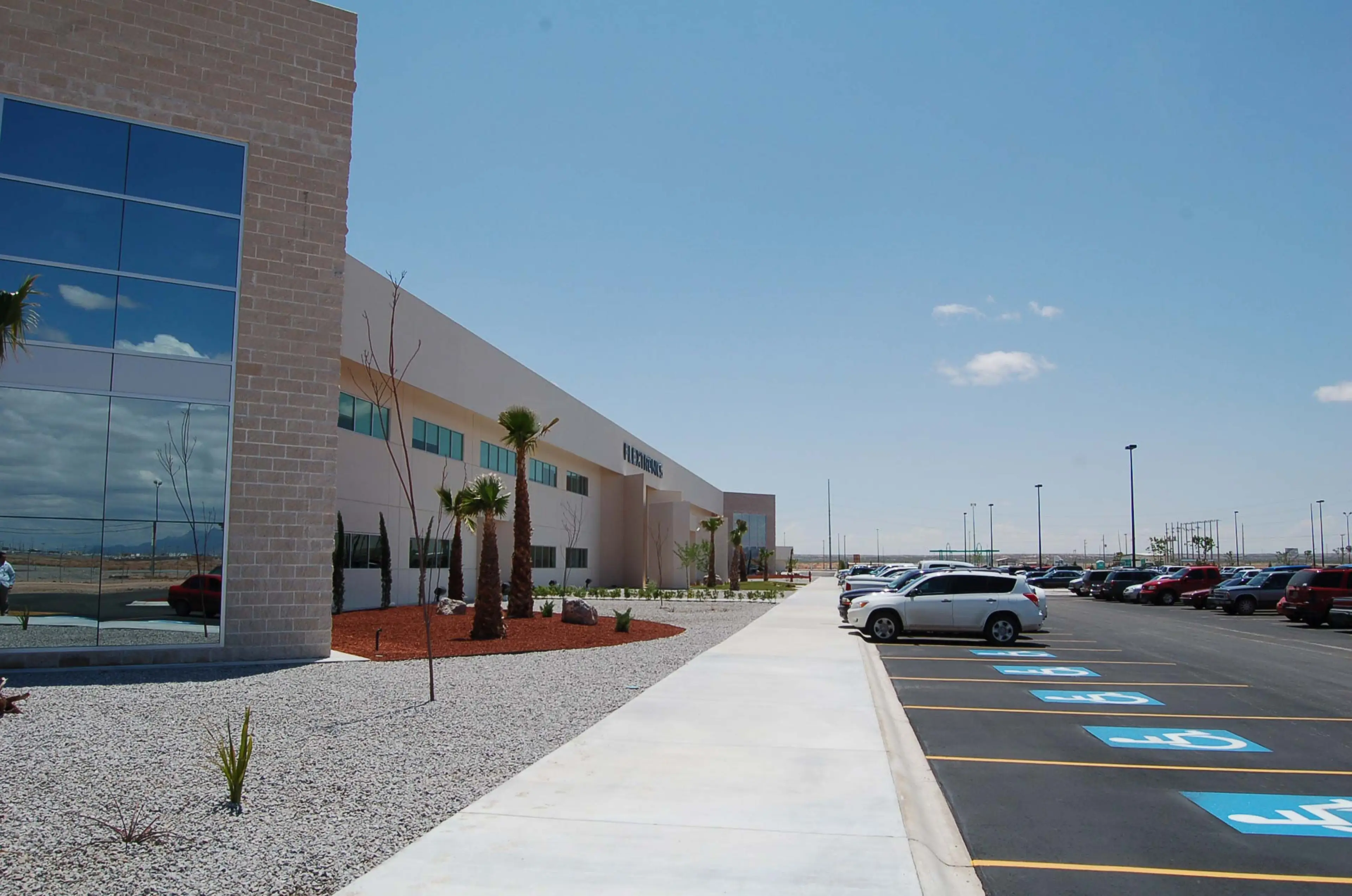
The Flextronics factory in Juarèz, 2007
Setting up in Monterrey
The Monterrey plant will manufacture LEGO bricks for the American market, and employ 800 employees.
A total of 100 molding machines will be installed at the plant, which will have the planned capacity to produce LEGO bricks to satisfy approx. 40% of the American market. The other 60% will be met by LEGO bricks shipped to Monterrey from factories in Billund, Denmark, and Nyíregyháza, Hungary.
The location of the new factory has been chosen carefully. Monterrey, the capital city of the Mexican state Nuevo Leon, is strategically well positioned in relation to the US border, and the area is one of the best‑developed industrial areas of Mexico. A real estate property developer builds the factory, and the LEGO Group rents the property – initially under a 10‑year lease, but with the option to extend.
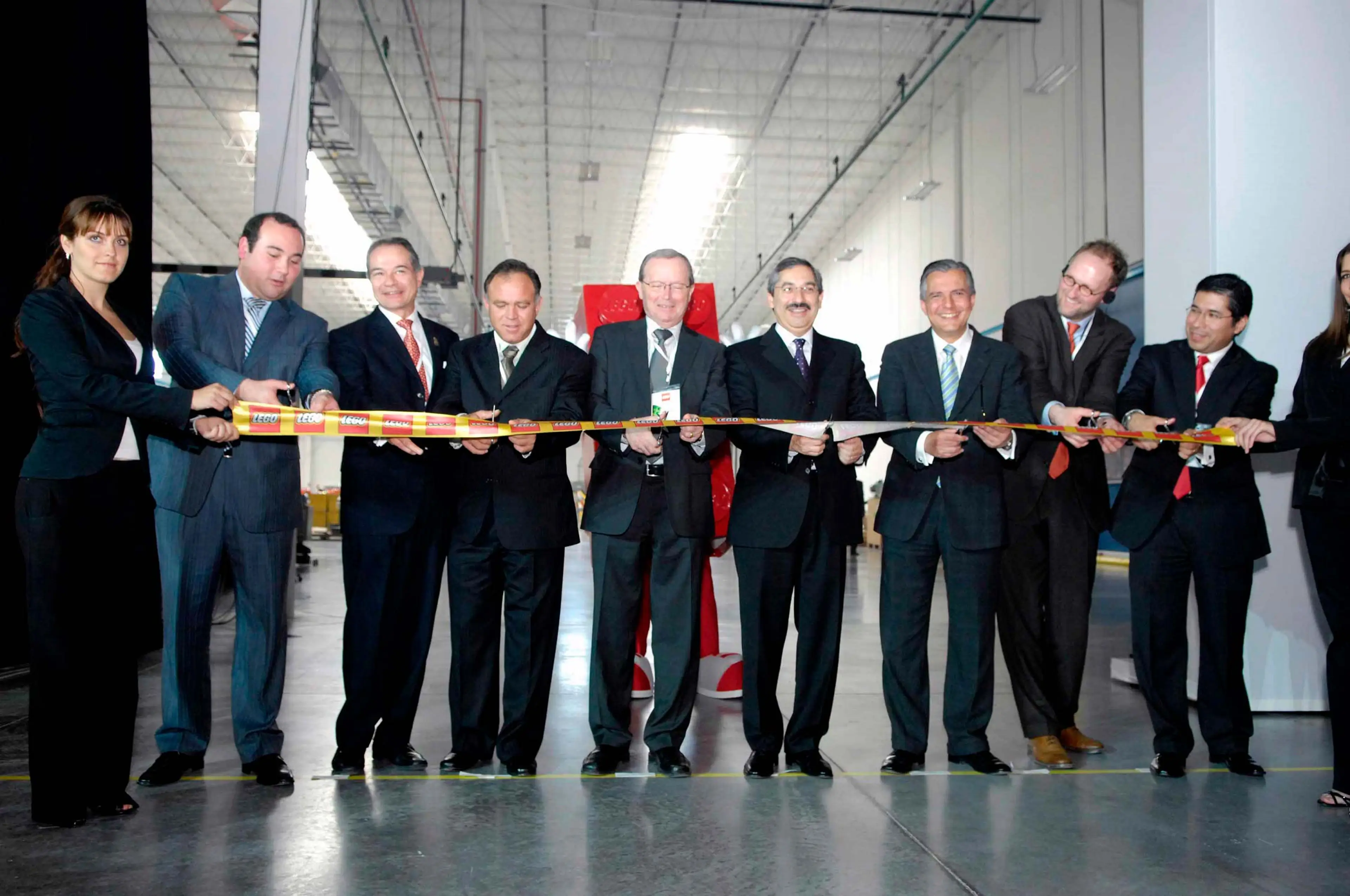
Cutting the ribbon at the opening of the Monterrey factory, 2009
Expanding the factory
Within two years, the factory expands to almost twice its size: the LEGO Group purchases an adjacent site and builds two molding modules totaling almost 40,000 m² and a high‑bay warehouse. Following construction of the two molding halls, now operating 768 molding machines, the original molding module is converted to a packing facility, which is inaugurated in 2014.
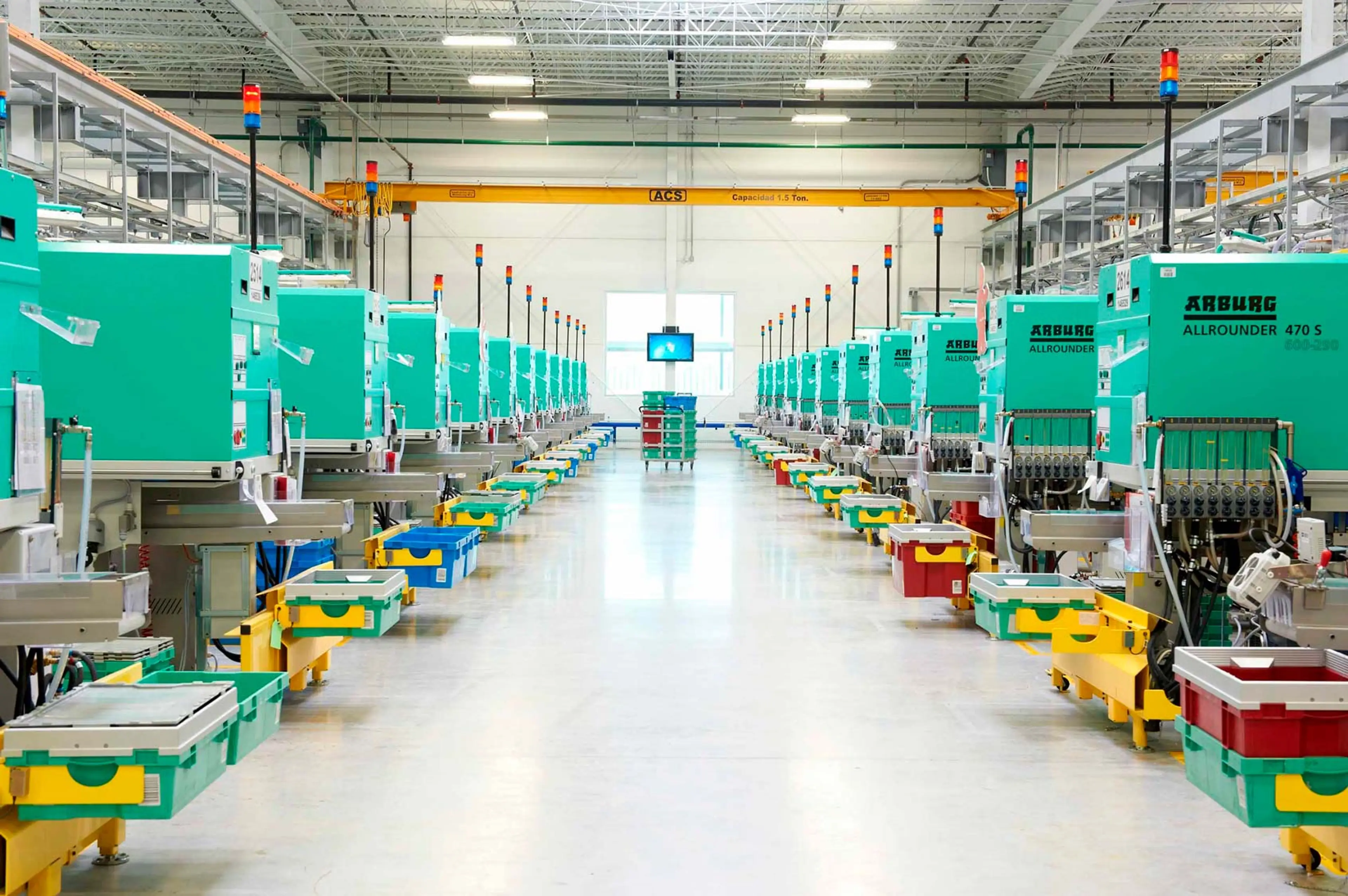
Inside a molding hall in Monterrey, 2011
Environmental considerations play an important role in construction of the two new molding halls. For example, rainwater is collected in large reservoir tanks and recycled in the factory’s cooling system. In the longer term, the plan is for the Monterrey city authorities to supply waste water for recycling in the cooling system.
Further expansion
The LEGO Group announces another expansion of the factory in Monterrey in October 2015. The expansion will include molding, processing, packing, and warehousing.
Manufacturing will begin in 2018; and according to plans, the factory will be fully operational by 2022. The factory will then be able to employ up to 6,500 people.
System in factories
The Monterrey factory will be expanded according to the same modular system as the other LEGO factories in Denmark, Hungary, the Czech Republic and China. A modular system, which was founded with the building of the Kornmarken factory in Billund, Denmark in the 1980s and used for the first time when building the initial Monterrey factory in 2009.
That way, the company can react and adapt more quickly to the demand for LEGO bricks and boxes
“Everything is standardized to allow us to copy a factory anywhere and at any time” - LEGO employee, 2015
